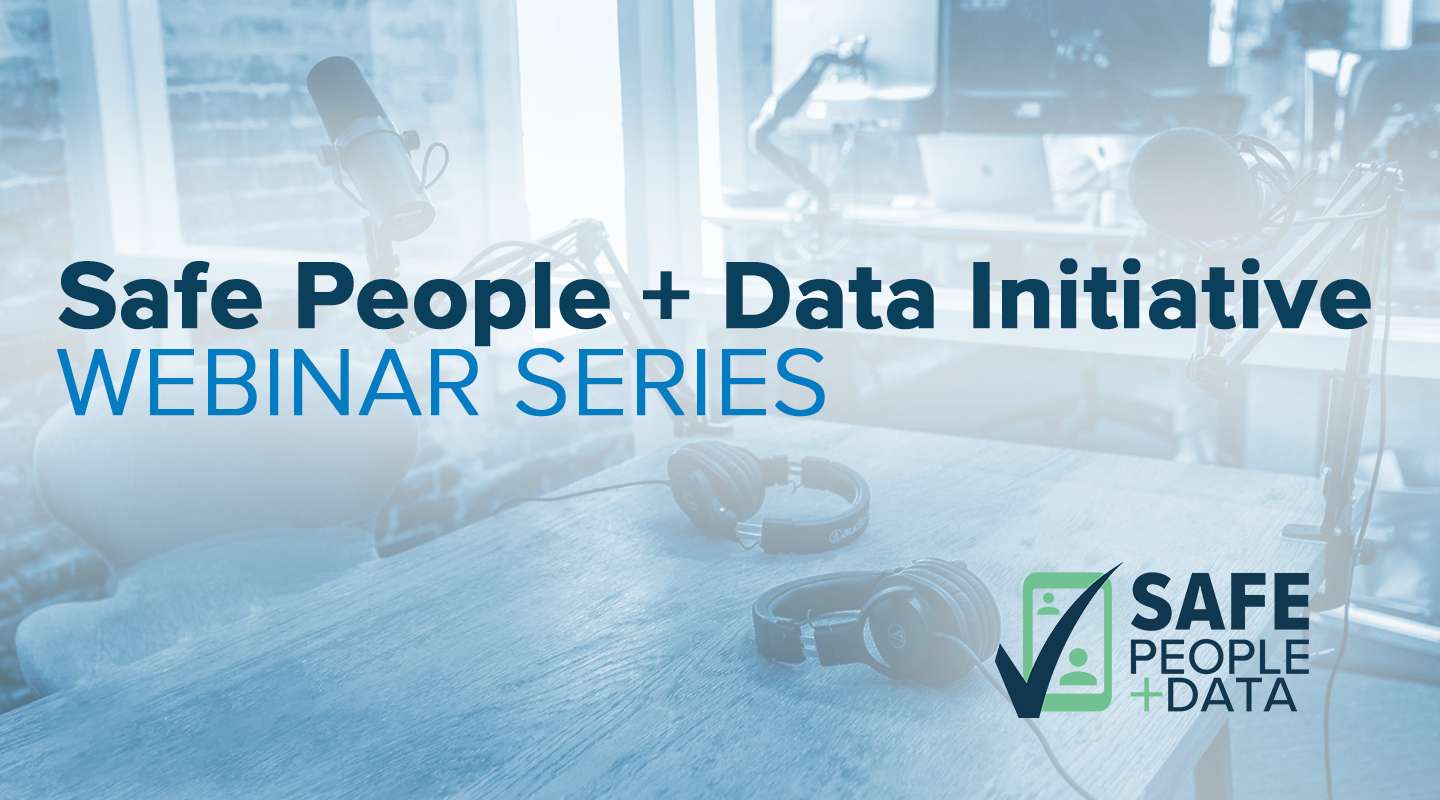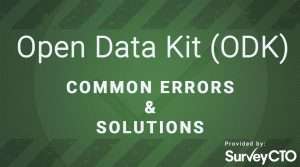Note: The live webinar has already occurred. You can watch the video recording here.
Collecting high-quality data is challenging, particularly if you have different levels of enquiry that take place over time. Fortunately, SurveyCTO can help you organize and structure data collection in a way that makes the job of enumerators simple, and helps you keep an eye on progress. Case management is a long-time SurveyCTO feature, which has helped to organize many projects.
Join us on June 2nd, 2021 at 1 PM UTC / 9 AM EST for our next live event, where you’ll learn about case management, and how to organize your data collection with this feature.
Case management can be used in general household surveys, to provide enumerators with a list of interviews they need to complete on their devices. It can also be used to structure complex data collection exercises, where multiple team members will fill out different forms over time, contributing to full observations for a single case. For example, a community survey may have several types of observations (e.g. focussed on education, municipal services, local government, etc), necessarily made by different team members, all of which contribute to a complete case.
What you’ll learn
Join us on June 2nd to learn the following about case management:
- What case management is
- How to set up a case management workflow
- How to associate cases with forms and users
- How to create, update, and close cases
- How to pass data between forms using server dataset publishing
Attendees will learn how to get started with case management for themselves, helping them to leverage all the feature’s advantages.
How to attend
The live event will be held on June 2nd, 2021 at 1 PM UTC / 9 AM EST. Register today to attend! We post video recordings of all webinars in our video library and share them on our Facebook, Twitter, and LinkedIn pages.
Resources on case management
This webinar will draw significantly upon our guide to case management. While we’ll focus on covering the basics, we recommend reading this guide in preparation. In addition, we’ve blogged twice before about case management, here and here, both of which are valuable reading. We’ll be glad to discuss (and where possible, demonstrate) other points of interest during the Q&A portion of the webinar.



